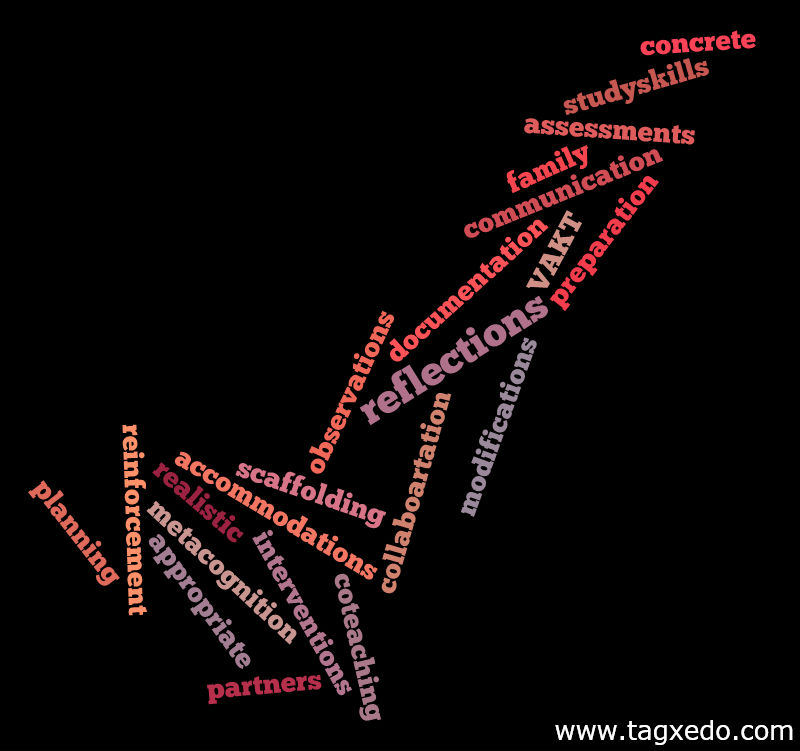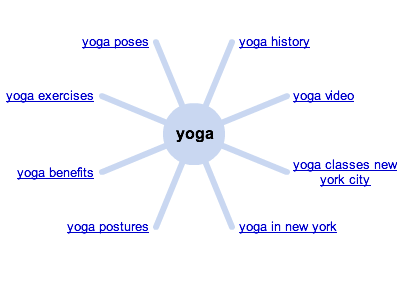Inclusion is like a work of art-
- It has texture.
- There is perspective and various angles.
- Its value appreciates through time.
- Teachers are sculptors, painters,and photographers who creatively portray the value of their subjects.
Speaking of art…
Integrate art across the curriculum by allowing your students a chance to explore, appreciate, and create!
Here are some links to begin the journey:
National Institute of Art and Disability
American Art Therapy Association
VSA: The International Organization on Arts and Disability
Drawing on the Right Side of the Brain by Betty Edwards




